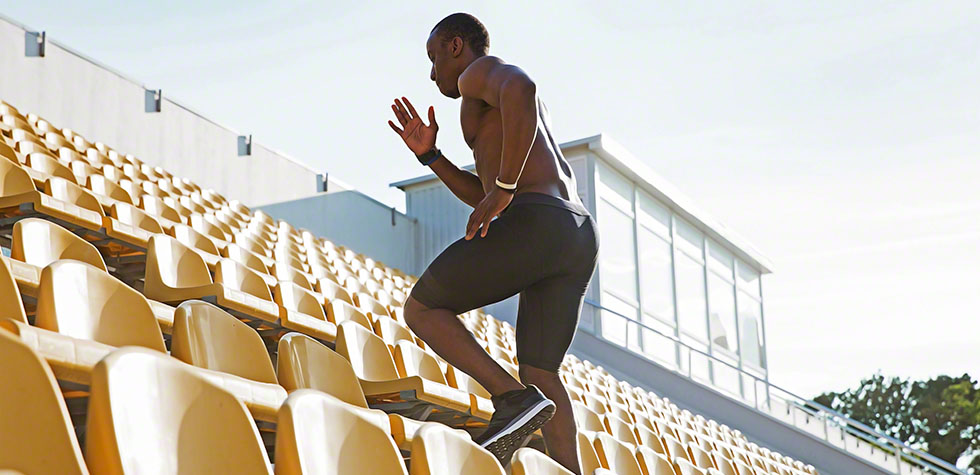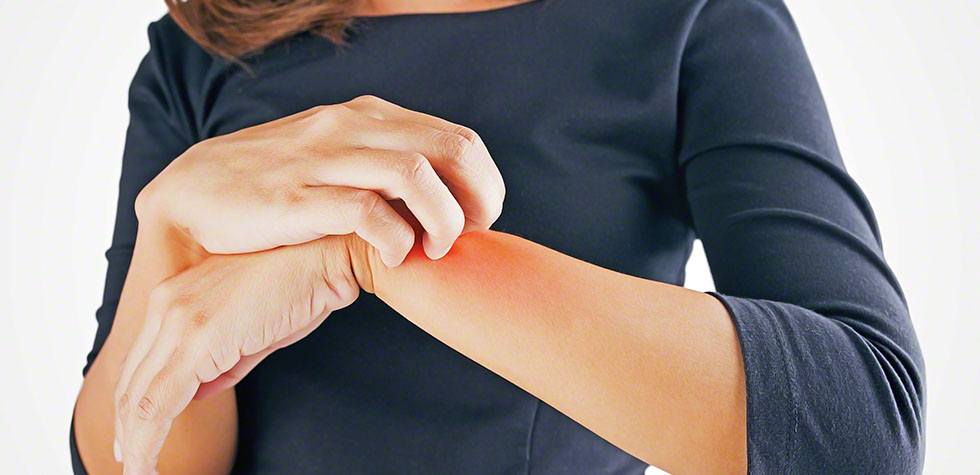Athletes and sports enthusiasts, sometimes, get injured while playing a variety of games. The most common injury, after leg and hand injury, is a head injury. Whichever injury it may be, you will need an orthopedic surgeon who will suggest the required tests and act upon the reports. Here is everything you can do to deal with a head injury.
Head Injury In Sports
Head injuries are pretty self-explanatory. They are injuries imparted on the head. They can be superficial or deep, depending on the severity of the impact. A lot of people who play sports like baseball, basketball, football, American football, and other engaging sports can get injuries on the head.
The main cause of a head injury, in sports specifically, is blunt trauma to the head. This can be caused by either falling down head first onto the ground, bumping your head pretty hard into something like a ball or it can also be a freak accident. The human skull is pretty hard, but that doesn’t mean that it can sustain all types of injuries. There should be proper precautions, in case your head or skull is exposed to anything during sports, so wearing padded and secured helmets is very important, and covering your face is also a key thing to do.
Sports injuries are very painful and hard to deal with, but head injuries can be another level of crazy. If they’re not treated right away, things can worsen over time and they can lead to neurological issues. This is why first-aid in head injuries is important to cover, because time is of the essence and you don’t want to risk any more damage to the head than it has already sustained.
Symptoms Of Head Injury
Here are some very common symptoms of head injury. Knowing about them is crucial because you can perform the right type of procedure and first-aid to save someone.
- There might be swelling on the head, especially where the force has made contact with the skull. If you touch the area, then it will be slightly tender and raised.
- There might be pain associated with the swelling too.
- A lot of the time, laying down might be extremely difficult because the action causes the swelling to compress and it can lead to excruciating pain in the skull and it can also radiate down to your back and spine.
- There might be bleeding, especially if the trauma has caused to break the skin. The person suffering from a head injury might feel dizzy, out of place, confused, disoriented, and might want to sleep. Because of dizziness, nausea can also be quite common in head injuries.
First-Aid In Sports Head Injury
Now that you know what head injuries are and how they can be identified through symptoms, it’s important to know about how to deal with it, especially in first-aid, when medical help is on its way.
Stop Playing
This might be a no-brainer, but as soon as you get a head injury, it’s better if you let go of sports and games for a while.
You don’t want to get your head feeling fuzzy again and the best way to prevent that is to make sure that you’re sitting still and not putting too much pressure on the area where the trauma is. You can resume sports after the injury is fully healed and that can take some weeks to a month.
Sometimes, there are multiple injuries like a head injury and a knee injury. So, you should also get advice from your knee injury doctor Woodbridge.
Use A Cold Compress
If you suddenly get a head injury or see someone getting hit on the head, it’s better to find an ice pack as quickly as you can. You can also go for a pack of frozen peas or vegetables, but the main gist is that you need to compress the swelling with something cold so that the injury can be less damaging to the head.
As soon as you find an ice pack, wrap it up in a thin towel or fabric and place it on the head. Make sure to not apply too much pressure on the swelling and to not have the skin in direct contact with the ice, otherwise, it might feel extremely uncomfortable.
Lie Down Immediately
As soon as you bump your head or see someone else going through the same thing, the best thing to do is to lay yourself or the person down with pillows on each side of the head.
This will act as a brace for your head and neck and it will restrict movement for the time being until medical help is there to treat the injury.
Check For Damage
While the person is lying down, it’s also a good time to check for any broken bones or fractures on the skull after the injury. Even though skull fractures are pretty slim in small head injuries, it’s still a protocol that needs to be taken.
You want to run your fingers through the forehead of the injured person glide them over the top of the head and feel for any dislocation or give in the skull. If there is no swelling and unnatural bumpiness, then thankfully, there’s no damage.
Look Out For Vomiting
Dizziness is a huge symptom of a head injury and vomiting can be associated with it too. If a person with a head injury starts to feel dizzy, out of the blue and is gagging, then you want to call for help right away.
Chances are that there might be a concussion that needs to be treated. Until help gets there, you want to keep the person conscious, no matter what, and not let them sleep. If they want to vomit, then they can, but try to keep their head elevated, so that there’s no chance of choking or the air supply getting restricted.
Stop Bleeding, If Any
Some injuries can also break the skin on the head and can cause little to excessive bleeding, depending on the wound. As a typical first-aid, you need to get a clean and dry washcloth and press it to the opening of the bleeding and apply pressure on it.
This is going to stop the bleeding and it’s also going to ensure that the person doesn’t lose consciousness, due to loss of blood. If there’s a lot of blood then one person might need to apply pressure on the wound, while the other one needs to call for medical help, as soon as possible.
Stabilize The Head
Since your head is in close connection with your spinal cord, any unwanted and jerky movements to an injured head can lead to problems in the spine too and that’s an issue in itself. This is why you must stabilize the head and restrict the movement as soon as you can.
Try to keep the neck of the injured person bracketed between your hands and if you can’t hold on for much longer, then you can take something sturdy and replace it with your hands.
Conclusion
Head injuries can take an ugly turn pretty fast so it’s good if you know how to deal with them, after the fact. With proper treatment by a sports medicine specialist Woodbridge, you’ll feel better and you can go back to playing sports after healing.




